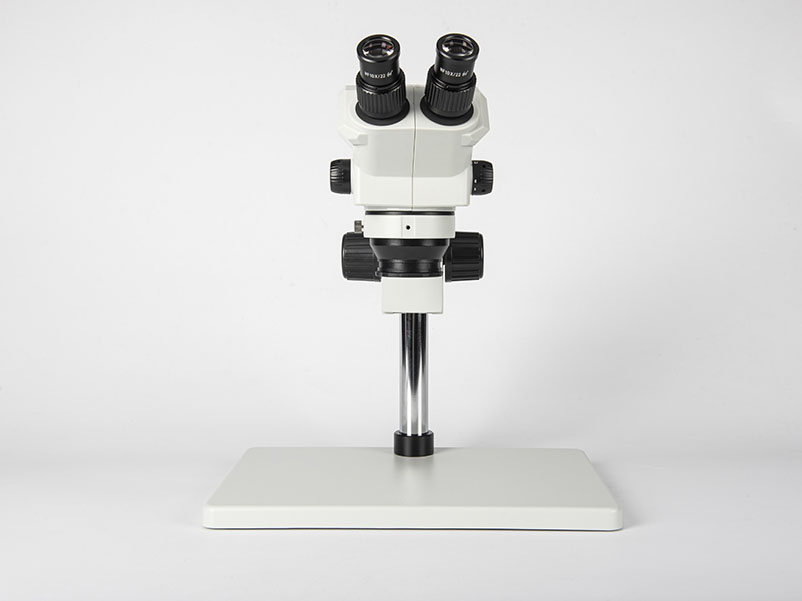Understanding Eyepiece Specifications: A Guide to WF10X/20MM)
If you’ve ever looked at a microscope eyepiece, you’ve likely seen a string of letters and numbers like “WF10X/20MM.” While it may seem like technical jargon, this label is a clear and concise summary of the eyepiece’s most critical specifications. Understanding these specs is key to selecting the right equipment and interpreting your observations accurately.
Let’s break down what each part of “WF10X/20MM” means and why it matters for your work.
Deconstructing the Code: WF10X/20MM
The label can be split into two main parts: the optical properties (WF10X) and the viewable area (20MM).
WF10X- Magnification and Viewing Comfort
- WF: Wide Field
This stands for Wide Field. Compared to a standard eyepiece, a Wide Field eyepiece offers a significantly larger viewing area. Imagine swapping a small window for a panoramic one—that’s the effect of a WF eyepiece. It reduces the “tunnel vision” effect, making it easier to locate specimens, scan slides, and work for extended periods without eye strain.
- 10X: 10x Magnification
This number indicates the eyepiece’s magnification power. In this case, it magnifies the image 10 times. The total magnification of your microscope is calculated by multiplying the eyepiece magnification by the objective lens magnification.
Total Magnification = Eyepiece Magnification × Objective Magnification
Example: Using this 10x eyepiece with a 40x objective gives you a total of 400x magnification.
Putting It All Together: The Real-World Application
So, a WF10X/20MM eyepiece is a 10x magnification, wide-field eyepiece with a 20mm Field Number.
But how does this translate to what you see on your slide? The actual area of the specimen you can view—known as the Field of View (FOV)—depends on both the eyepiece and the objective lens you are using.
You can calculate the actual diameter of your view on the specimen with a simple formula:
Actual FOV Diameter = Eyepiece Field Number (FN) / Objective Magnification
Let’s see this in action with our WF10X/20MM eyepiece:
- With a 10x Objective: Actual FOV = 20mm / 10 = 2.0 mm
You can see a 2-millimeter-wide circle of your specimen.
- With a 40x Objective: Actual FOV = 20mm / 40 = 0.5 mm
Your view narrows to a 0.5-millimeter circle, but at a higher magnification.
- With a 100x Objective: Actual FOV = 20mm / 100 = 0.2 mm
You are now looking at a very small, highly magnified 0.2-mm area.
Why Should You Care? Choosing the Right Eyepiece
Understanding eyepiece specifications allows you to make informed decisions:
For Routine Lab Work: A WF10X/20MM is an excellent, versatile choice. The wide field makes it efficient for searching slides and general observation.
For Counting or Large Samples: If you need to see an even larger area (e.g., for cell counting in a hemocytometer), you might seek an eyepiece with a larger Field Number, such as WF10X/22MM.
For Photography: Remember, the camera sensor sees a different field of view. Microscope cameras have their own sensor sizes that determine the captured area.
Conclusion: More Than Just Numbers
The “WF10X/20MM” label is a powerful piece of information. It tells you that you have a comfortable, wide-field eyepiece that provides 10x magnification and a generous 20mm viewing diameter. By understanding how the Field Number interacts with your objective lenses, you can precisely know the scale of what you’re observing, leading to more accurate and efficient microscopy.

